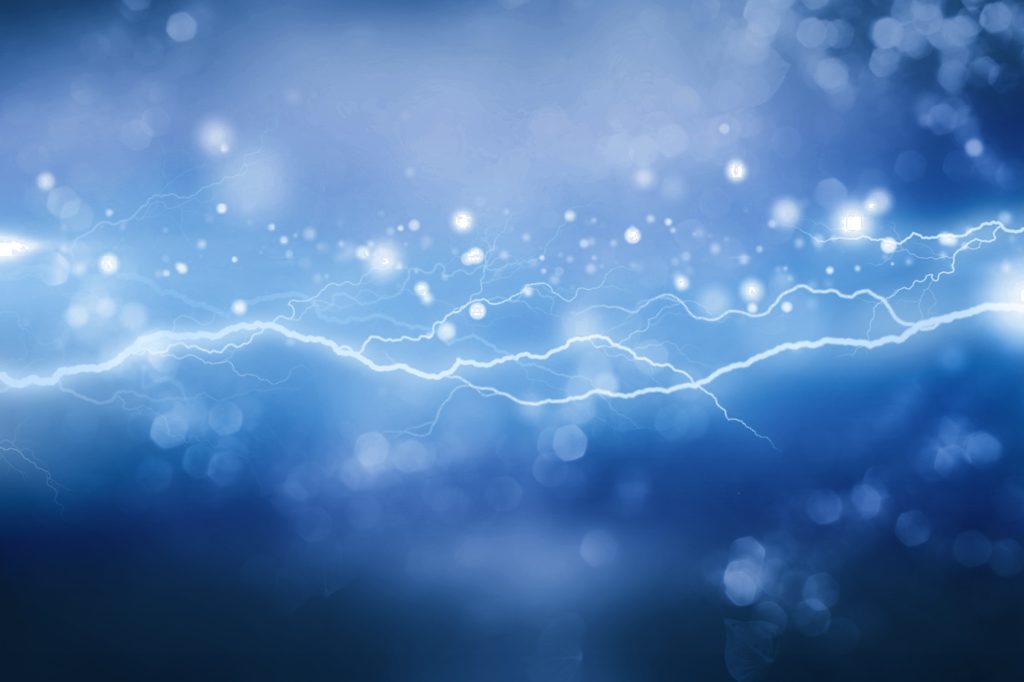Electricity can arc in a vacuum, but the conditions and mechanisms differ significantly from arcing in air or other media. In a vacuum, there are no gas molecules to ionize and conduct electricity in the usual sense. However, electricity can still travel through a vacuum via thermionic emission or field emission. Thermionic emission occurs when heat causes electrons to be emitted from a material, while field emission can happen at very high electric fields that pull electrons out of a surface. Specialized equipment and high voltages are often required to achieve electrical arcing in a vacuum. This principle is utilized in vacuum tubes and certain types of electronic devices where controlled arcing or electron flow in a vacuum is desired for their operation.

If you owe money to your current energy provider, you may still be able to switch to another provider. However, you will need to pay off any outstanding debts before you can switch. Your new provider may also require you to pay a security deposit or agree to a payment plan before they can supply you with energy. It’s important to check the terms and conditions of your current contract before you switch to avoid any penalties or additional charges.
Electricity in Canada is generated from a diverse mix of sources, reflecting the country’s vast natural resources and commitment to renewable energy. The primary source of electricity is hydroelectric power, leveraging Canada’s abundant waterways to generate clean, renewable energy. Nuclear power is another significant source, providing a large portion of the country’s electricity with a low carbon footprint. Fossil fuels, such as coal and natural gas, also play a role in electricity generation but are being progressively replaced or supplemented with renewable sources like wind, solar, and biomass. Canada’s energy policy emphasizes sustainability and reducing greenhouse gas emissions, leading to investments in renewable energy technologies and infrastructure. This diverse energy mix ensures a stable and sustainable electricity supply nationwide.
The United Kingdom is credited with being the first country to use electricity for public use, marking a significant milestone in the history of electricity. In the late 19th century, the UK pioneered the development of electric lighting and energy distribution, leading to the world’s first public electricity supply in Godalming, Surrey, in 1881. This early adoption of electricity sparked further innovations and the spread of electric power across the globe. The UK’s role in the early days of electrical engineering and infrastructure set the foundation for the widespread use of electricity in the modern world. Other countries quickly followed suit, adopting electricity for public and private use, revolutionizing how societies operated and lived. The evolution of electricity usage from these initial deployments has led to electricity’s integral role in our daily lives today.
A brownout is a temporary reduction in voltage or power supply that can cause lights to dim and electrical appliances to malfunction. Brownouts are usually caused by high demand for electricity, and power companies may implement them to avoid a blackout or overload on the power grid. While brownouts are less severe than blackouts, they can still cause damage to electrical equipment, so it’s important to turn off appliances and devices during a brownout to prevent any damage.
Several factors contribute to the higher power costs in Alberta. These include the province’s reliance on fossil fuels for electricity generation, the cost of infrastructure maintenance and upgrades, and market dynamics. Additionally, Alberta’s electricity market operates differently from other provinces, which can impact pricing.
The idea that electricity can “run out” is actually a misconception. Unlike fossil fuels, electricity is a type of energy that can be generated and is not a finite resource. The real concern is not the depletion of electricity itself, but rather the sources used to produce it. Fortunately, renewable energy sources such as solar, wind, and hydroelectric power are practically infinite. On the other hand, the availability of fossil fuels, which still account for a significant portion of the world’s electricity production, is limited, and their continued use poses environmental challenges.
Links